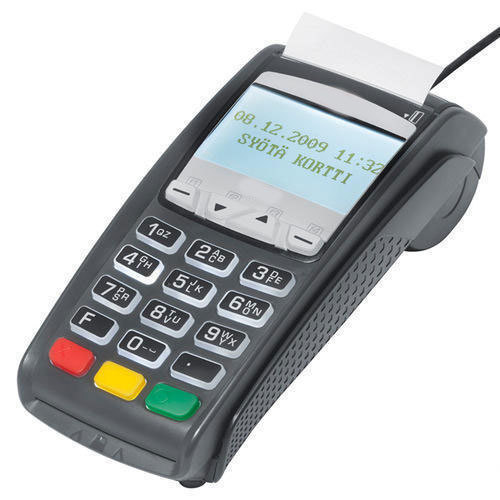In simple terms, electronic data capture (EDC) machines are used by retail outlets to accept different types of electronic payments such as debit cards, credit cards, UPI, net banking, QR codes, and PPB. EDC machines have become essential in today’s world when digital modes of payment are on the rise.
Technically, when the customer tries to pay using digital currencies, the EDC machine secures the customer’s bank information and captures the amount due. EDC is an electronic point of sale (EPOS) step that concludes the transaction. The process completes when the amount owing is retrieved into the seller’s account.
How does an EDC work?
Online transaction systems or online payment portals of e-commerce sites utilize the critical component rather than the full epos terminal. EDC is an integral part of the method used by large commercial websites to reduce expenditure while increasing the transaction’s safety and reliability. Modern EDC machines use both the magnetic stripe and the EMV chip. The difference between the two is that the magnetic strip is a static entity while the EMV chip is digital with changing cryptographic information. POS machine company includes both Magnetic stripe readers and EMV chips. However, the EMV chip is more secure than the magnetic strip. Chip holds data digitally while the magnetic strip stores data like a Compact disk, so securing data is easier on the chip. Chips are also more challenging to make than the magnetic stripe. The specific procedure that a POS machine company integrates into the machine varies all around the world.
There are tremendous benefits of using EDC when it comes to online transactions.
Benefits of EDC
EDC is used as a reporting tool in many fields, where it is used to analyze the incoming and collecting data. This means it can convert raw data into knowledge. This knowledge is the biggest asset to e-commerce firms. EDC will also evade any online fraud and phishing that occurs while processing credit card information. EDC also verifies the validity of the credit card and its limit. The transaction happens after the validity of the credit card is confirmed. The firms don’t have to spend time and resources doing these things and can use their resources to enhance their EPOS aspects.
The most recent advancement is EMI POS machines. Earlier, the EMI option was available to those who had approved debit card and credit card limits. This process was tedious and lengthy, requiring manual review. However, in EMI POS machines, existing customers of NBFC’s (Non-banking financial companies) and financial technology (FinTech) firms can use their registered phone numbers to avail EMI option at the ePOS terminal.
The process is seamless and painless for a customer who is not an existing customer of the NBFC’s and fintech. Already existing steps to avail the loans from these companies have to be followed. Then the customer can avail of the EMI’s within the limit that’s available to him. The EMI ePOS machine has become increasingly feasible given the rise in the number of NBFC’s and FIntech firms.
A credit card POS machine’s presence ensures that their credit card information is safe while shopping. With the rise in phishing and other frauds, the presence of a POS EDC machine will help to stay clear of any online fraud.






















